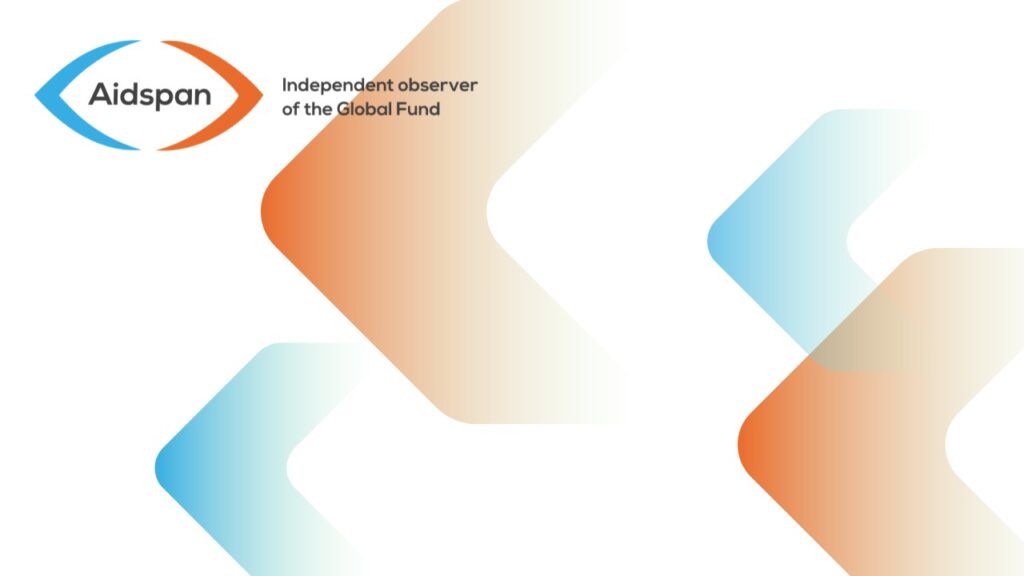
MAIN DECISIONS MADE AT BOARD MEETING
Author:
Download PDF Editor’s Note: Included in this summary is the Board decision on the broad elements of the new funding model. On 13–14 September 2012, the Global Fund Board held its 27th meeting in Geneva, Switzerland. GFO was present, with observer status. The main decisions made at the meeting, in chronological order, were as follows. (For precise wording of what the Board…
Article Type:Article Number:
ABSTRACT This article provides a summary of the main decisions made by the Global Fund Board at its 27th meeting in Geneva on 13–14 September, including the decision on a new funding model.
Editor’s Note: Included in this summary is the Board decision on the broad elements of the new funding model.
On 13–14 September 2012, the Global Fund Board held its 27th meeting in Geneva, Switzerland. GFO was present, with observer status. The main decisions made at the meeting, in chronological order, were as follows. (For precise wording of what the Board agreed, see the decision points document that has been posted at www.theglobalfund.org/en/board/meetings/twentyseventh. Background documentation will also, in time, be posted by the Global Fund at the same location.)
Transitional arrangements for the AMFm. At its next meeting, in November 2012, the Board is expected to decide whether to continue, modify, expand, suspend or terminate the Affordable Medicines Facility–malaria (AMFm). To ensure an orderly transition, at the meeting just concluded the Board decided to continue to host the AMFm for a one-year transition period (until 31 December 2013). The Board will approve the details of the transition at its next meeting. The Board also decided that the Fund’s operating budget for 2013 should include an allocation for the staff in the Global Fund Secretariat who manage the activities of the AMFm. [See Decision Point 4.]
Policy on Ethics and Conflict of Interest. The Board approved minor changes to the policy, primarily to reflect recent changes in the Board’s governance structures. [See Decision Point 5.]
Charters of the AEC and FOPC. The Board approved changes to the charters of two Board committees – Audit and Ethics, and Finance and Operational Performance. Some responsibilities were transferred from the FOPC to the AEC. The end result is that the AEC now has oversight responsibility for financial reports, the findings and recommendations of external auditors, and financial accounting and reporting policies. [See Decision Point 6.]
New funding model. After considerable discussion, the Board approved the broad elements of a new funding model. When the motion was adopted, there were no opposing votes. The elements cover two main areas: (1) the manner and extent to which the Global Fund will pre-define maximum funding amounts to be made available to different countries or groups of countries; and (2) what the process will be for submitting proposals and negotiating grant agreements. The new funding model is linked to the Global Fund Strategy 2012–2016 which calls for simpler processes, better predictability of both processes and financing levels, and strategies that are more responsive to country demand. This is not the final word on what the new funding model will look like. The Board asked the Global Fund Secretariat to propose by 15 October a detailed description of the new funding model, based on the broad elements agreed by the Board at this meeting; it also asked the Board’s Strategy, Investment and Impact Committee (SIIC) to then revise the Secretariat’s draft, as necessary, before presenting a final version for approval at the November Board meeting. A communications plan will be developed to ensure that all stakeholders are kept fully informed, and are able to provide inputs, as this process unfolds. In the next few days, GFO will prepare a more detailed description of the broad elements of the new funding model adopted by the Board. [See Decision Point 7.]
The Global Fund issued a press release that described the decision as follows:
“The new funding model is designed to [make] grant-making more predictable [and] flexible. Applicants [will] submit a concept note, shorter than previous applications, and then get early feedback from the Global Fund on how the proposal may need adjusting before moving forward. [This approach] is expected to reduce waiting times and to improve the overall success rate of applications. Instead of having to apply at one set time, implementers will be able to better align the submission of grant proposals with their own national budgeting schedules.
“[The new approach will] ensure focus is placed on countries with the highest disease burden and least ability to pay, among other factors. [The model will identify] a range of funding for each country. [Additional funding will support] ambitious requests based on specific investment cases and national strategies. The new funding model will replace the rounds-based system. [It will direct funding] toward those people most in need, and toward those interventions that can help the most people. [It] will support continued funding for the needs of most-at-risk populations, so that concentrated epidemics are taken into consideration. Implementation [will] begin in 2013.”
